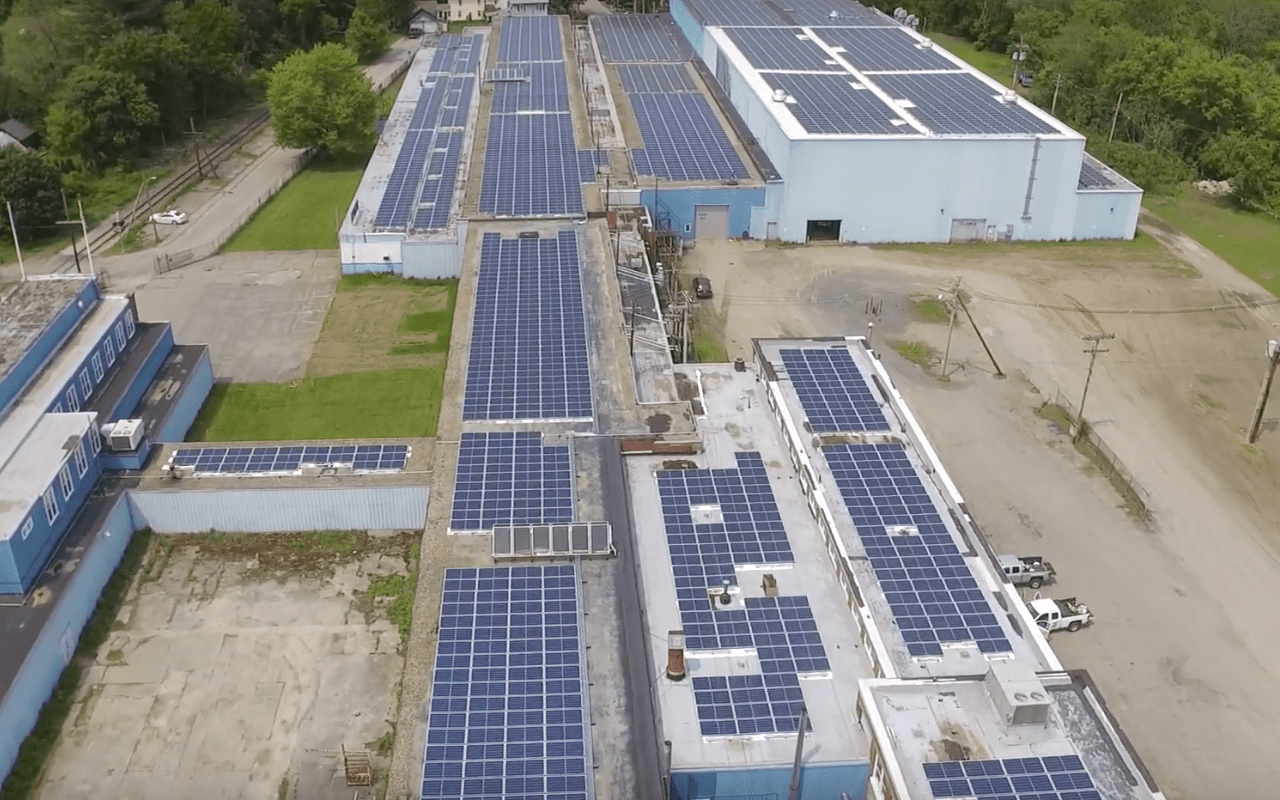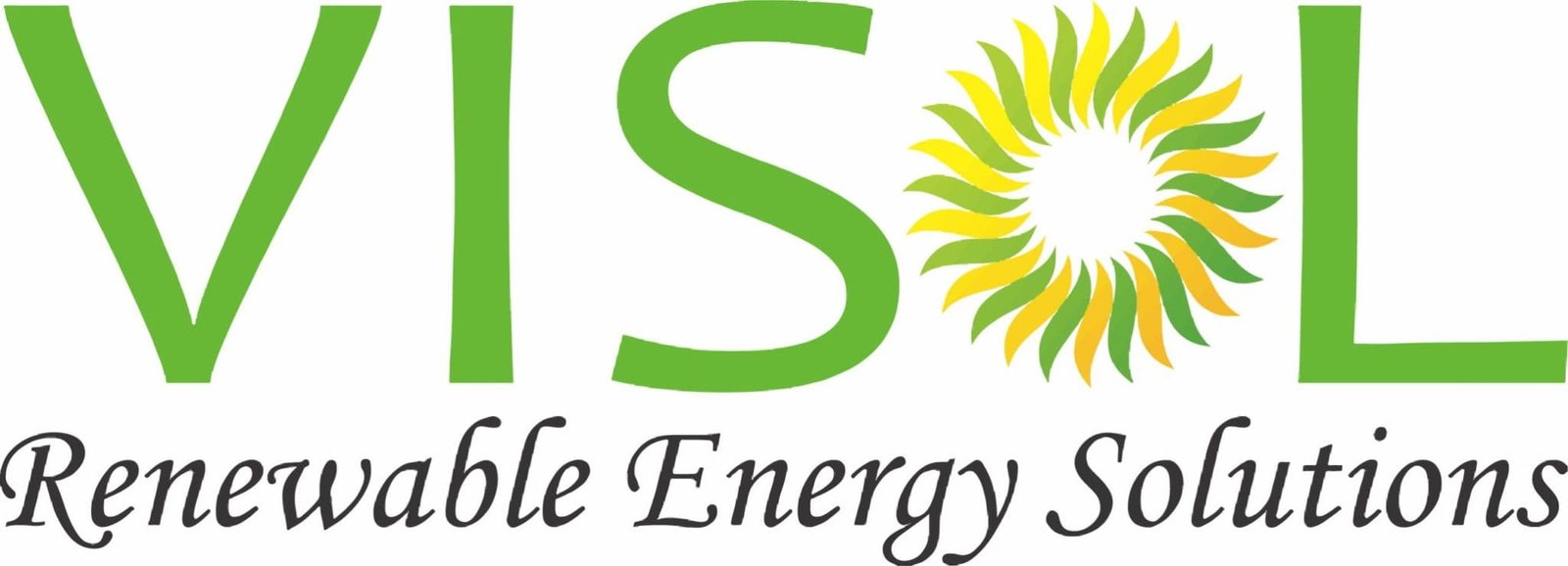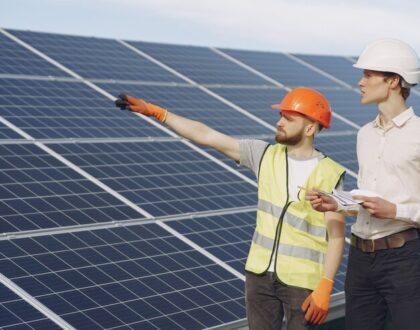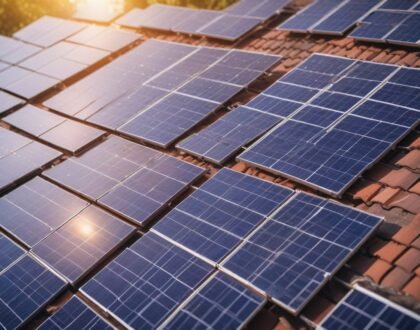What is the Potential of Solar Energy in Industries?


There is a vast potential for using solar energy equipment / systems in process water and other thermal industries. Presently, energy is mainly used for these applications through the use of fuel oil, which not only relies on imports, but also creates huge atmospheric emissions that threaten our planet. India consumes over 100 million tons of oil for different uses each year. About 40% of this is used in the industrial sector alone.
In addition, 40-50 percent are in thermal form with a temperature range below 250 C, which amounts to approximately 15 million tons per year of fuel oil. Applications in the textile industry include mercerizing, drying and processing; drying, dissolving, thickening, leaking and distilling in the chemical industry; cooking, drying and canning in the food industry; craft pulping, bleaching and troubleshooting in pulp and paper industry; leather industry drying and cleaning; various other applications in a variety of other industries. The working fluid required for these applications is hot water, steam or hot air pressurized within the 60-250 C temperature range.
There are many solar energy technologies that can be used for these applications and which primarily reduce daily fuel oil consumption. Technologies include solar water heating systems, steam generation systems and air heating systems mounted on flat or evacuated pipe collectors, and solar focusing automatically monitoring systems.
Solar water heating is a well-established and worldwide marketing technology. It can be used in the boiler feed industry in raising water temperatures from 25C to 80C to save significant fuel oil used in boilers. A capacity system of 10,000 liters per day can cost 15 to 18 lakhs and save approximately 14,000 liters of fuel oil each year for about 20 years, the lifetime of the system. The largest unit built at M/s Godavari Fertilizers and Chemicals Ltd. in Kakinada, Andhra Pradesh is 1.20,000 liters per day. In 1997, the system was installed by means of an IREDA soft loan and recovered its costs in four years.
Since October 2007, another system installed in Gurgaon’s textile factory with a capacity of 50, 000 liters a day has recovered its cost in two years. Many more such systems have been developed and work satisfactorily in various industries.
Solar air heating systems based on flat plate collectors are found to be useful for the drying of various food products in food processing industries. Such industries generally require low-temperature hot air (50-800C) as process heat to dry products like tea leaves or coffee beans and also to process fruit, spices, cereals, mushrooms, papads, legumes, fish, food, etc. In industries such as leather, textiles, chemicals, rubber, paper, medicines, etc., hot air is also needed. More than 800 million kg was projected. The Southern, Himachal Pradesh, West Bengal, Assam and Northeast states grow and dry tea leaves. An additional 250 million kg. Every year coffee beans are also produced and dried. In several industries in the country millions of tons of meat and industrial products are also dried annually. Systems installed in the drying industries for various products have saved substantial fossil fuel as well as increased end-product quality and reduced GHG emissions. A standard 100 sq device. m. The region of a flat plate collector that cost about Rs. 5-6 lakh, which can save as many as 6000 liters of conventional fuel over a 15-20 year period. More than 60 devices with different capacity of 12,000 sq. Collector’s area m works in the country.
A 90 sq solar air heating system. m. Collector area for drying garments in their tumbler dryers has been developed at M / s Raghav Woollen Mills, Ludhiana, Punjab. It has replaced cool ambient air of approximately 30 ° C with pre-heated solar air of 55–65 ° C, which is further increased to 100-110 ° C by diesel heat generator for drying the clothes. As a result, they saved 25 percent of their fuel consumption by around 1.50 lakes a year. The estimated payback period is two years and the program is expected to last for 15 years.
Roof incorporated 700 sq.m solar air heating systems. Collector’s area has been constructed in a leading leather drying ternary at Ranipet, Tamil Nadu.


The plant uses two dryers that have been imported and which dry moving leather by a hot temperature of about 70 C. Produced by steam coils heat exchange. Hot air produced by solar collectors reduced the use of steam during the day in the heat exchanger. Apart from replacing a 1.2 ton steam boiler, the system was able to save approximately 360 tons of boiler firewood.
A 500 kilograms. The solar fish drying unit in Vishakhapatnam, Andhra Pradesh, has been working since 1999. The machine produces 60 sq. hot air. m. Roof integrated solar collectors, which are sent to the electricity recirculation dryer. It has resulted in huge electricity savings as well as good dry fish quality. Even more such devices operate in the country for other applications.
Solar technology is the other technology that is very promising and widely accepted by industry. It can provide steam up to 300 C, which is the direct requirement of industries. Of this purpose, two types of these technologies are being promoted in India. Systems based on these technologies are produced locally and promoted by 8-10 manufacturers. One of the technology is based on fixed receiver East-West
automatically tracked parabolic concentrators and the other is on fully tracked heat
receiver and dish reflectors. While the first one is more user friendly and can provide
low temperature steam at a temperature of say 120 to 200 C, the other one is little
complex and could provide steam at higher temperature ranging to 300C. Installation of systems based on fixed receiver technology for many years and more than 70 systems covering approximately 25,000 sq. So far in the country, m of dish area was installed. Fully tracked technology is under pilot scale demonstration and
only 10 dishes, each of 160 sq. m. area have been in use till date. Both these
technologies are mainly being used for community cooking, laundry and process
heat applications. The World’s largest system for cooking in community kitchen has
been installed at Shirdi to cook food for 20,000 people which is producing around
4000 kg of steam per day and is able to save around 60,000 kg of LPG every year.
A series of 15 tiles, each 16 sq. m. Installed area for the washing and cleaning of clothes at Gajaraj Cleaners factory, Ahmed Nagar, Maharashtra. The machine has been connected to its current boiler and produces approximately 105 kg of steam per hour at a pressure of 5 kg. We have been estimated to save around 10,000 liters of oven oil annually and repay the expense within less than 4 years of MNRE subsidies and depreciation benefits.
Tapi food industry, Gujarat has developed a 100 sq facility. In its food & fruit processing unit in 2006, m dish field. The machine is also hooked up with its wood-burning boiler and produces 400 kg / day of steam at a pressure of 6 bar. Firewood and labor costs, approximately 2.45 lakhs / year, have recorded savings. It also paid back the cost of depreciation and MNRE subsidies in three years. In the world, many more such systems work for various applications.
Recently, solar optimized systems have also seen air conditioning applications. Vapor absorption machines in the country are commonly used for cooling and need heat as steam or hot pressurized water. The steam / hot water is created by conventional fuel which can be partially saved by installing solar focused steam generation systems. Some of them are functional at Muni Seva Ashram, Vadodara; 92 TR at TVS, Suzuki at Chennai and 30 TR at Magnetic Mareli, Gurgoon etc. In the country there are a few of them. A further 212 TR system (160 TR on vapor absorption and 52 TR on liquid desiccant cooling) will be installed at Maharashtra (TMC), Chattrapati Shivaji Hospital in Kalwa.
Solar cooling in the country has enormous potential. It’s an energy-intensive process, however. It’s also true, however, that the highest demand for cooling is mainly during the day when solar energy is prevalent, particularly in the warm summer months. India has plenty of sunlight throughout most of the year. So solar cooling / cooling is most important to our country especially in view of the rapidly rising energy demand and electricity shortage.
The cost of these systems is however currently high, and attempts are therefore being made to reduce costs by R&D mainly by I improving the performance of existing technology ii) developing high-performance three-effect vapor absorption (CoP) and iii) developing new models for cost-effective solar cooling technologies.
Efforts are also undertaken to develop new technologies, including single-axis parabolic trough concentrateurs and paraboloid plates with two-axis monitoring. Such technologies have already been successfully demonstrated, especially for power generation, abroad.




